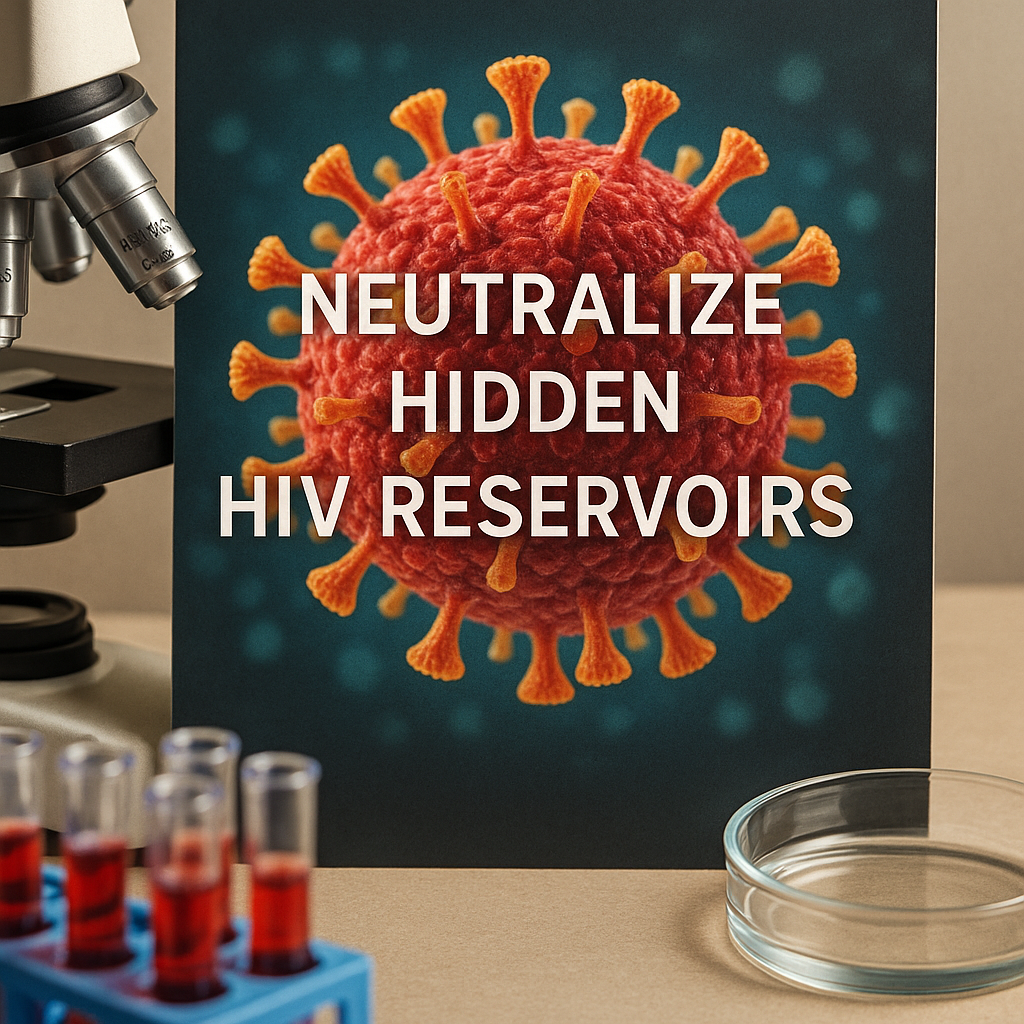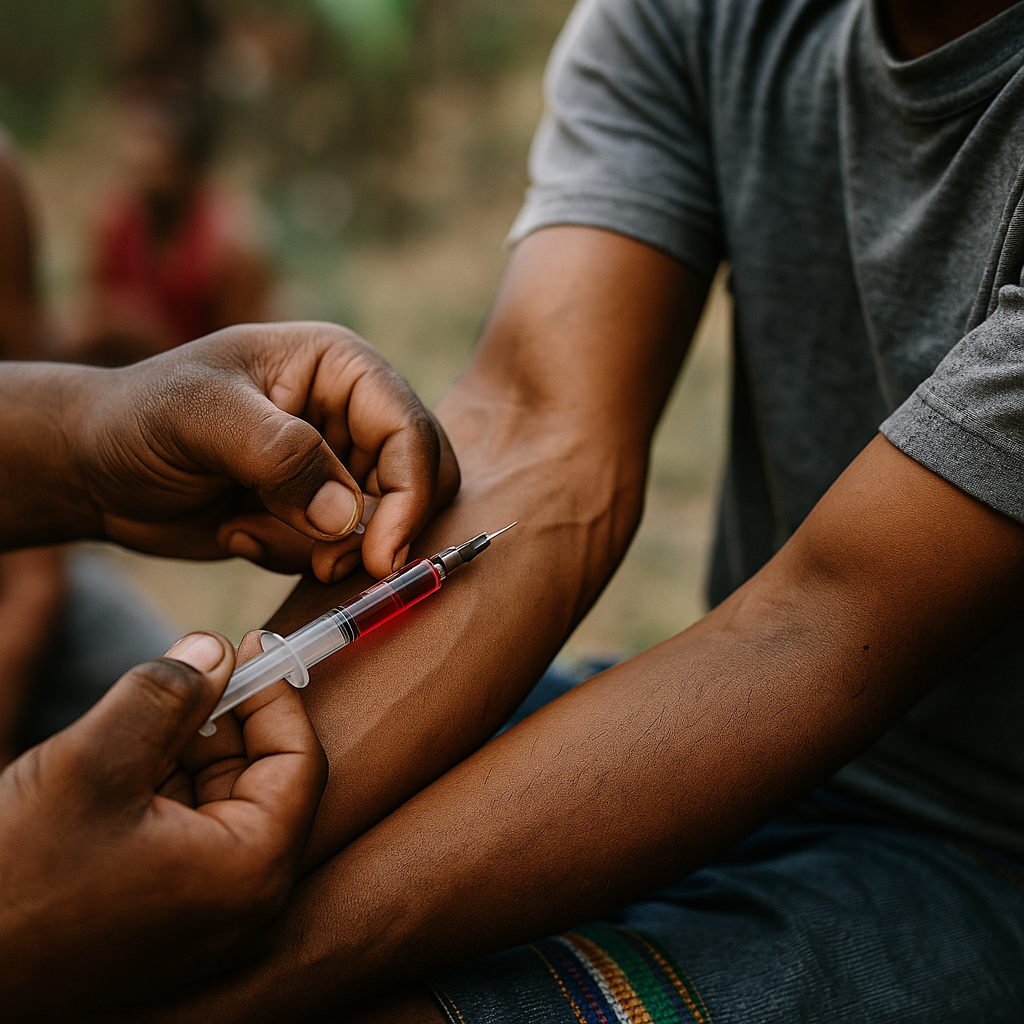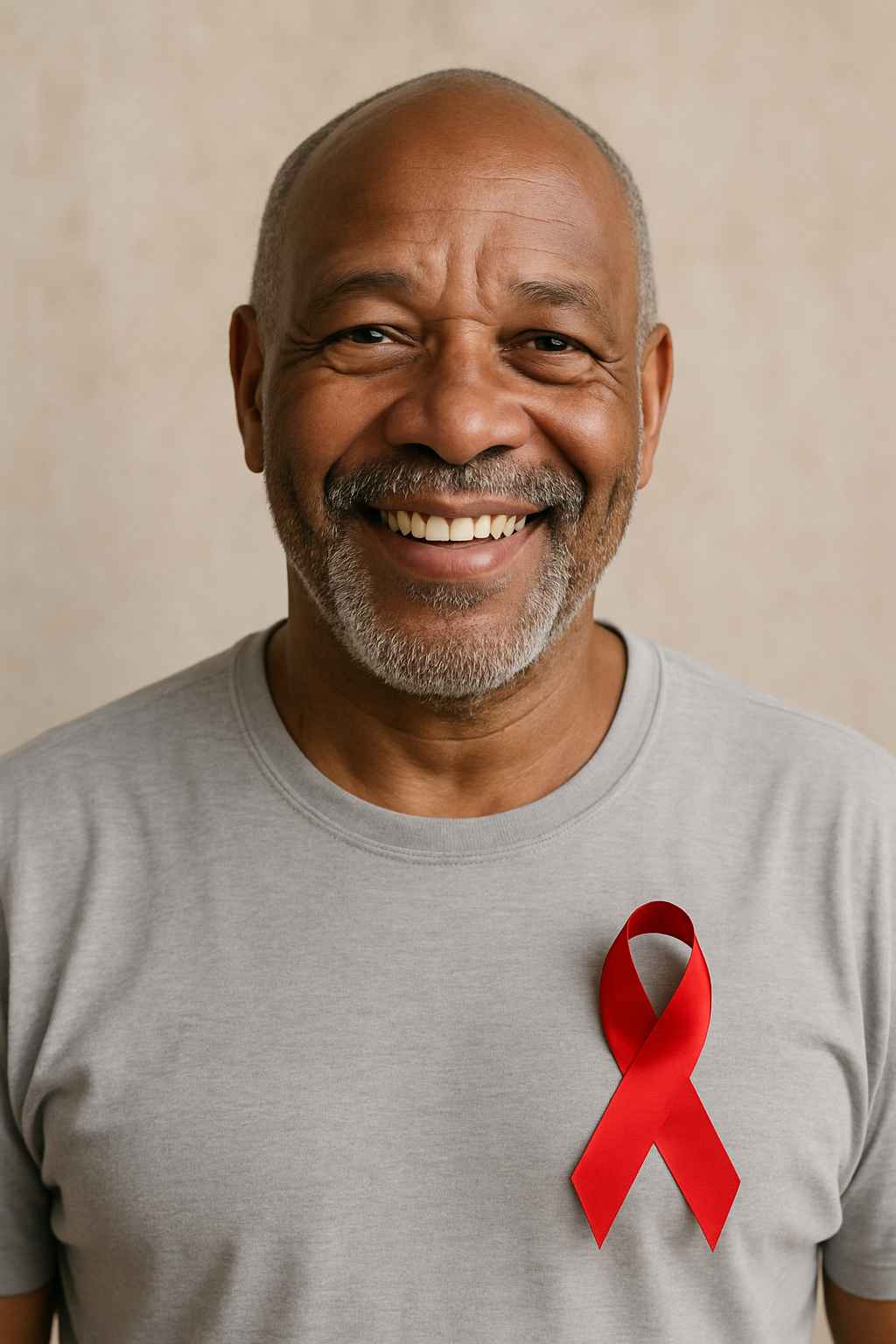For more than 40 years, one mystery has kept scientists from curing HIV: the virus’s ability to hide. Even when antiretroviral therapy (ART) drives HIV to undetectable levels, it persists in “reservoirs” inside the body, ready to resurface if treatment stops. Now, researchers may have found a way to neutralize these hidden reservoirs, offering new hope for millions living with HIV worldwide.
Table of Contents
- What Are HIV Reservoirs?
- The Breakthrough Discovery
- How Scientists Aim to Neutralize Reservoirs
- Why This Is a Turning Point in HIV Research
- Challenges That Remain
- Frequently Asked Questions
- Conclusion
What Are HIV Reservoirs?
HIV reservoirs are groups of infected cells where the virus remains dormant, hiding from the immune system and drug treatments. These reservoirs exist in multiple parts of the body, including the lymph nodes, gut, and even the brain. While ART can stop the virus from multiplying, it cannot reach these hidden pockets of infection.
This is why stopping ART almost always leads to a viral rebound: the hidden reservoirs release new virus into the bloodstream. For decades, researchers have recognized that eliminating or controlling these reservoirs is the key to a cure.
The Breakthrough Discovery
In a recent study published in Nature Medicine, scientists identified a specific mechanism that allows HIV reservoirs to persist. They found that infected immune cells produce protective proteins that shield them from being destroyed, even when the virus is dormant. This discovery provides researchers with a direct target: if these protective proteins can be blocked, the reservoirs may be exposed and neutralized.
Using advanced imaging and gene sequencing, the research team showed that certain molecules act like a “cloak,” making infected cells invisible to immune surveillance. By disrupting this cloak in laboratory settings, the scientists were able to expose reservoir cells and make them vulnerable to attack by the immune system.
“This finding represents a major step forward,” one of the lead researchers explained. “We now understand more clearly how HIV reservoirs survive, and that knowledge gives us a potential way to finally disarm them.”
How Scientists Aim to Neutralize Reservoirs
The study suggests several potential strategies for targeting HIV reservoirs:
- Shock and Kill: Using drugs or gene therapies to “wake up” dormant HIV so that infected cells reveal themselves, followed by immune or drug-based killing.
- Block and Lock: Locking HIV into permanent dormancy so that it can never reactivate, effectively turning it into a harmless passenger in the body.
- Immune Boosting Therapies: Training or engineering immune cells to recognize and destroy reservoir cells once their protective cloak is removed.
- Gene Editing: Technologies like CRISPR may be able to precisely cut out HIV DNA from reservoir cells.
In early lab studies, researchers combined a “shock” agent with an immune therapy, successfully flushing out and destroying hidden HIV cells. While still preliminary, this dual approach shows promise as a potential blueprint for future clinical trials.
Why This Is a Turning Point in HIV Research
For decades, HIV cure research has focused on suppressing the virus, but reservoirs remained elusive. This new discovery changes the game by showing exactly how reservoirs persist and how they might be targeted.
The implications are enormous:
- Closer to a cure: Neutralizing reservoirs could eliminate the virus entirely or lead to a “functional cure,” where HIV is controlled without daily medication.
- Improved patient quality of life: Millions rely on lifelong ART. A cure or near-cure would remove the burden of daily pills, side effects, and stigma.
- Global health impact: With about 39 million people living with HIV worldwide, even partial cures could dramatically reduce the epidemic.
Challenges That Remain
Despite the excitement, many hurdles remain before this discovery can translate into a real-world cure:
- Safety: Drugs or gene therapies that disrupt protective proteins must not harm healthy cells.
- Delivery: Getting therapies deep into tissues like the brain or lymph nodes is extremely difficult.
- Resistance: HIV mutates rapidly, so therapies must work across multiple viral strains.
- Access: Any cure must be affordable and available globally, not just in wealthy countries.
Still, researchers are optimistic. This breakthrough gives scientists a roadmap for the next phase of HIV cure research, with human clinical trials potentially on the horizon in the next decade.
Frequently Asked Questions
What are HIV reservoirs?
They are dormant infected cells that hide HIV from the immune system and ART, making them the biggest barrier to a cure.
Does this mean HIV is cured?
No, not yet. This is an important step toward a cure, but more research and clinical trials are needed before a real-world cure becomes available.
How does this affect people living with HIV today?
ART remains the gold standard for managing HIV. This research offers hope that future treatments may eventually eliminate the need for lifelong medication.
When could a cure be available?
It’s difficult to predict. Experts suggest that clinical trials may begin within the next 5–10 years, but widespread use would take longer.
What can people do now?
Continue ART as prescribed, use PrEP if at risk, and stay informed about new research developments. Proven treatments remain highly effective at controlling HIV.
Conclusion
The identification of how HIV reservoirs protect themselves marks one of the most important discoveries in recent years. By learning how to strip away their defenses, scientists are closer than ever to neutralizing the virus’s last hiding places. While much work remains, this breakthrough offers real hope that one day, HIV could be not just managed, but cured.
This content is not medical advice. For any health issues, always consult a healthcare professional. In an emergency, call 911 or your local emergency services.




